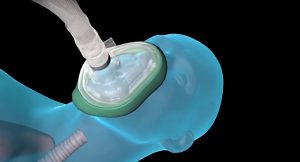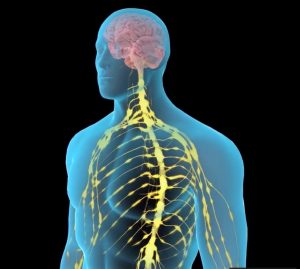Information on the anaesthetic technique for endoscopies
In order to have your operation running as well as possible and without pain, anesthesia is required.
An anesthesiologist will inform you of the sequence of anesthesia.
The sedation
Sedation is a state comparable to sleep, produced by drugs injected into a vein. The perception of pain is completely neutralized. This artificial sleep state continues in a controlled manner until the end of the intervention.
The sedation is a form of shallow anesthesia.
ANESTHESIA, SECURITY AND SIDE EFFETS
Any anesthesia takes place in a room equipped with specialized equipment to continuously monitor the “vital functions” (activity of the heart, lungs, blood oxygenation, etc.). At the end of surgery, you will be taken to the recovery room to be monitored continuously. During this time, you will be under the responsibility of an anesthesiologist assisted by a specialized nurse practitioner.
Any medical procedure, performed even in the best conditions, involves a risk. However, the methods currently used in anesthesia are reliable and the risk of complications remains extremely low. Through continuous monitoring, any malfunction is quickly corrected. A major accident threatening life (severe allergy, cardiac arrest, asphyxia) is extremely rare.
FOR YOUR SECURITY
You will need to fast (no food or drink) a certain period of time before (and after) the anesthesia. It is therefore necessary, for your safety, to comply with the requirements given. The day of the operation, you will take your personal medications only on medical order. If you go home the same day of the exam, you will absolutely need to provide someone to drive you home. Indeed, it is forbidden to drive a vehicle on the day of anesthesia. You will also avoid making important decisions that day.



